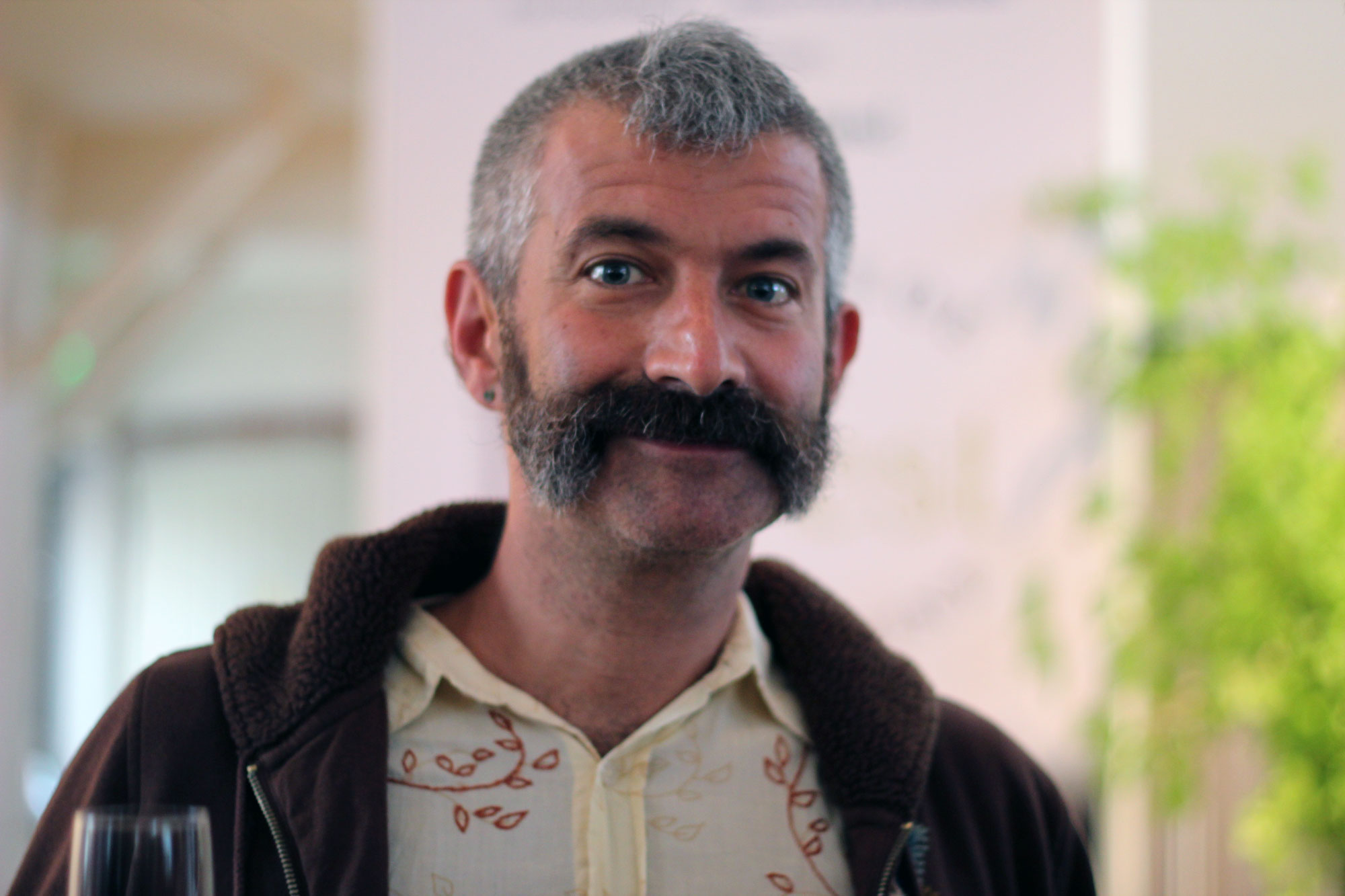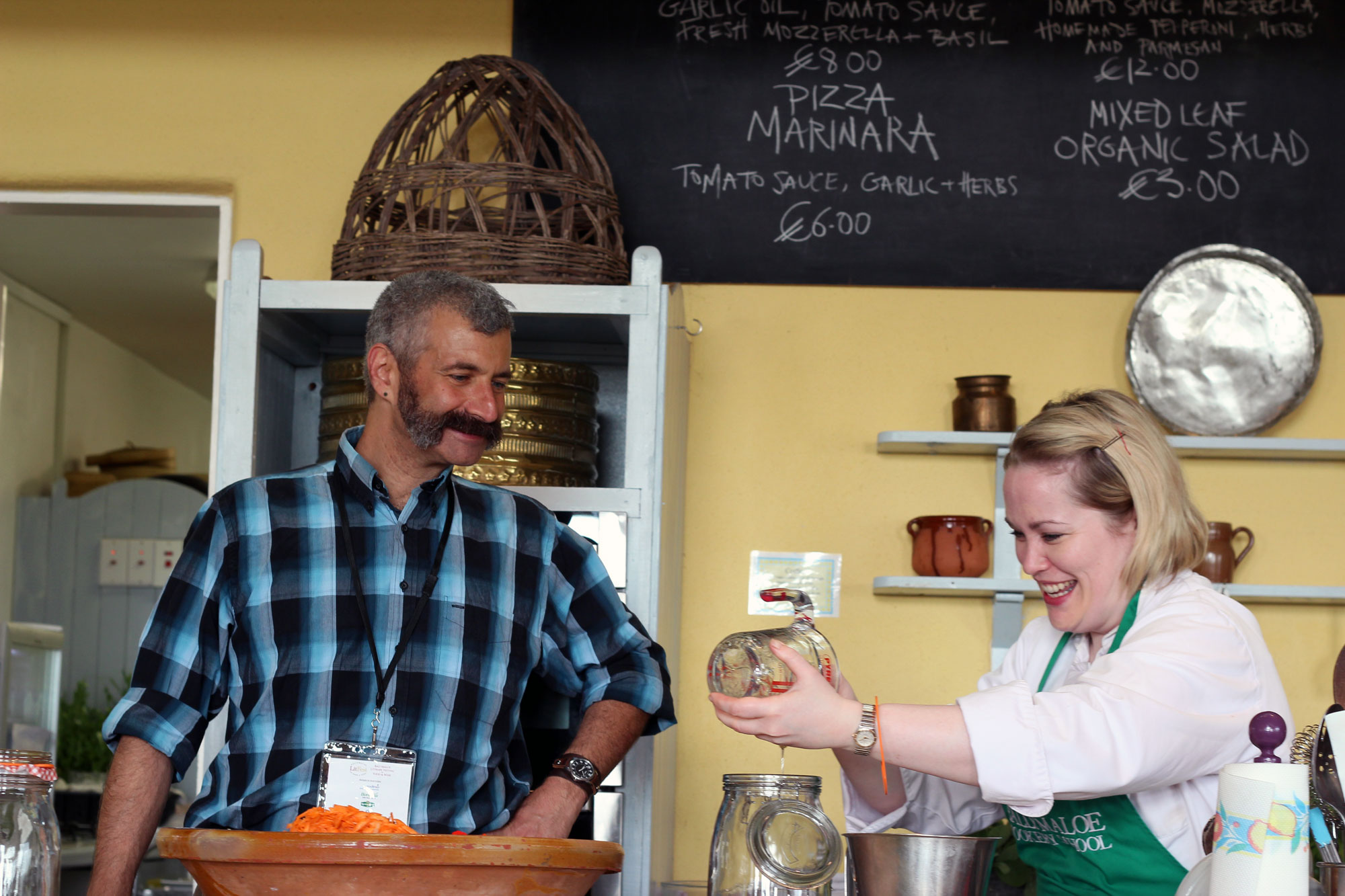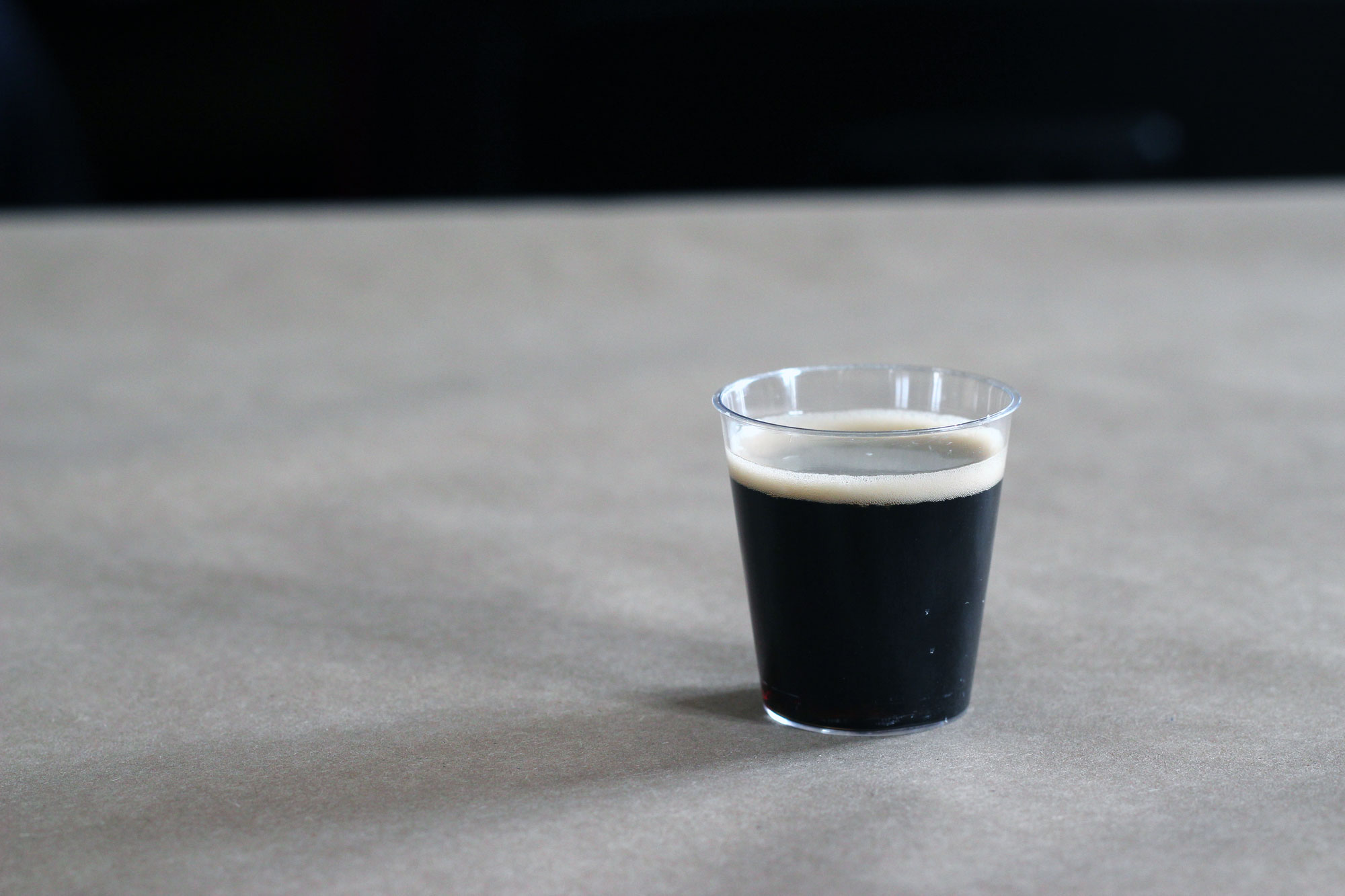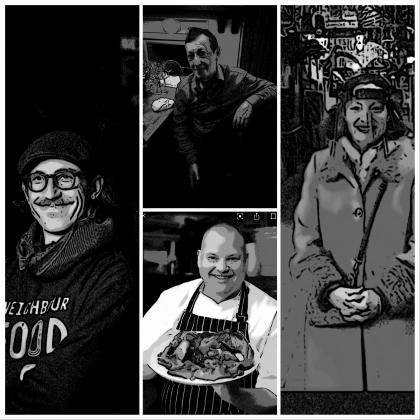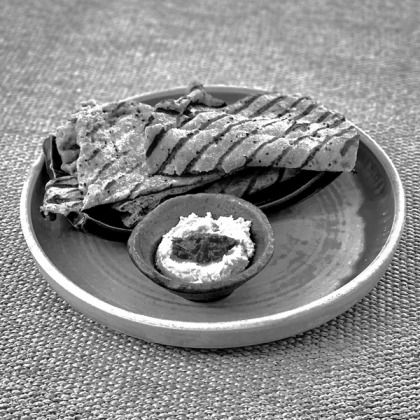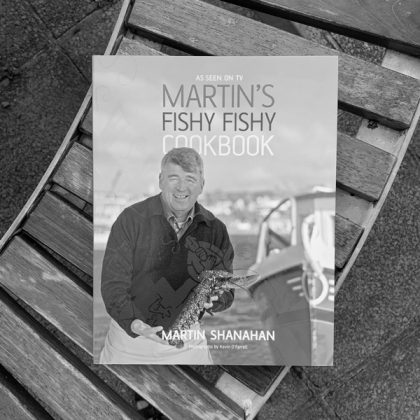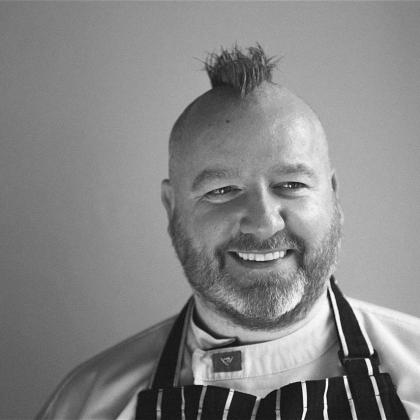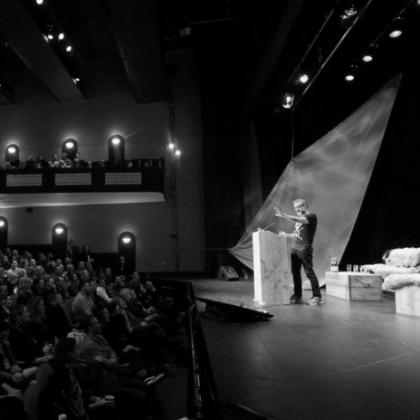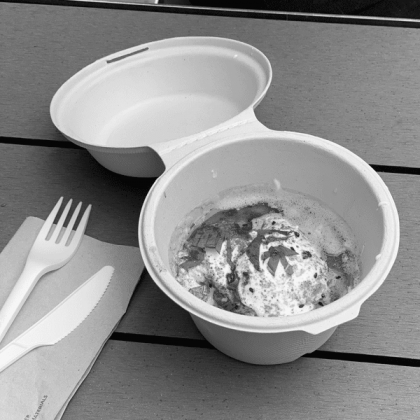Sandor Katz has one of those faces and personalities that draws you. And, when it comes to Fermentation, he speaks with a fluidity and clarity that comes from many years of articulating his subject, and with an intelligence that makes complicated issues sound simple. I could listen to him for hours.
Which was lucky, because he did speak for hours, first at his own demo on Fermentation at the Ballymaloe LitFest and, then, alongside Ben Reade of the Nordic Food Lab at a tasting and talking session on the same subject. The ability to draw deeply on his own physical resources to light up two large audiences is perhaps the best advert for the food he champions for health, energy and nutrition.
Sandor began his talks by defining fermentation as "the desirable/intentional transformational action of micro-organisms, ie bacteria and molds". He talked about anaerobic metabolism - ie fermentation without oxygen (sauerkraut) and those that do require oxygen - vinegar, cheese, kombucha, tempeh.
All foods have micro-organisms, and fermentation is an inevitability. As cooks we simply need to have ways of guiding this, subtly manipulating the environmental conditions which allow the magic to happen.
Sandor's great cry is against The War On Bacteria, which is pretty much as un-winnable as the War on Drugs, or the War on Terrorism. "We have come to associate bacteria with disease, and this is misguided."
Lactic acid, he told us – our great friend in terms of fermentation – is found on literally all land-based plants. Amongst many other great foods, we can use this to make the most delicious sauerkraut, using cabbage, turnip, onions, garlic, root vegetables, aubergines, okra, string beans... He demonstrated a simple method of making sauerkraut, by first salting then squeezing out the liquid of a coleslaw-like preparation and bottling it in a kilner jar.
"People expect a magic number for the salt ratio, but you should simply salt to taste. Squeeze with your hands to bruise and break down the walls, literally pulling the juice out of the vegetables, the bottle". That is his basic recipe for sauerkraut - or "kraut-chi" is his word for it, a "hybrid of sauerkraut and kimchi."
Fermentation, he said, has the same visible action as boiling - bubbles! – and advised keeping fermented foods in the kitchen, easily on hand to taste and stir, and release the pressure that builds up, making your kilner jar into "a bomb" if you're not careful.
"I never sterilise anything" he said at one point. "Soap and water, well rinsed, is perfectly adequate."
"Be playful and creative" he said, and spoke of all the various preparations he had tried in different parts of the world: curry kraut, vanilla and mustard, even krauts with fruit or mashed potatoes.
On the subject of time he said, once again, there were no straightforward answers. Monitor, taste, and get a sense of where on the spectrum of flavours you like your food to taste, and when you want to eat it.
He went on to demonstrate a Mead, a simple sweet, mildly alcoholic preparation based on a pamphlet of Ethiopian recipes that he randomly picked up. "It read something along the lines of Ethiopian Housewine. Use 1:4 honey:water and then stir, stir, stir, stir. This is the recipe I've been using for alcoholic beverages ever since."
The fear of festering deadly bacteria in your kitchen? - "You've got to let that go" he told us.
And then, in a marvellous second session, this time with Ben Reade, the young, ex-Ballymaloe trained chef who now project manages the ground-breaking Nordic Food Lab, we tasted a range of fermented foods: a spicy, chilli/anise-flavoured kraut-chi; a nibble of koji-marinated herring "Basque-style, Nordic'd up a bit"; a stout; heavenly aged-elderflower vinegar; kombucha; kombucha-fermented celery (another wow!); Gubbeen cheese with its very own named and identified gubbeenense microbacterium and, finally, a mind-blowing European-style soy sauce, where quinoa was given the soya treatment, and tasted like a very delicious tamari.
"Humans could never had made the transition from hunter-gatherer to agriculture without mastering fermentation" he reminded us, and there's no doubt that anyone present at either of Sandor Katz's talks, if they haven't already done so, will certainly buy his book "The Art of Fermentation" and a whole lot of new kilner jars and crocks besides.
The Art of Fermentation: An In-Depth Exploration of Essential Concepts and Processes from Around the World [Hardcover]
Sandor Ellix Katz (Author), Michael Pollan (Foreword)

